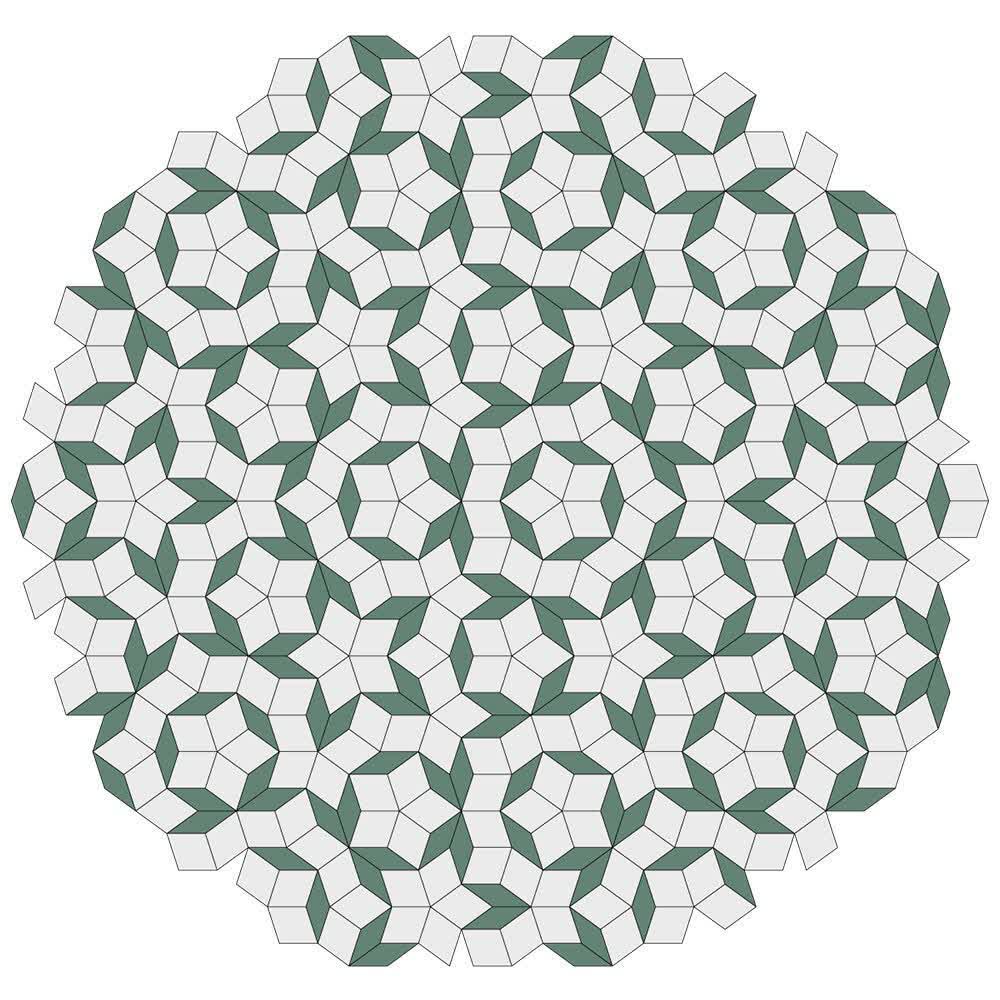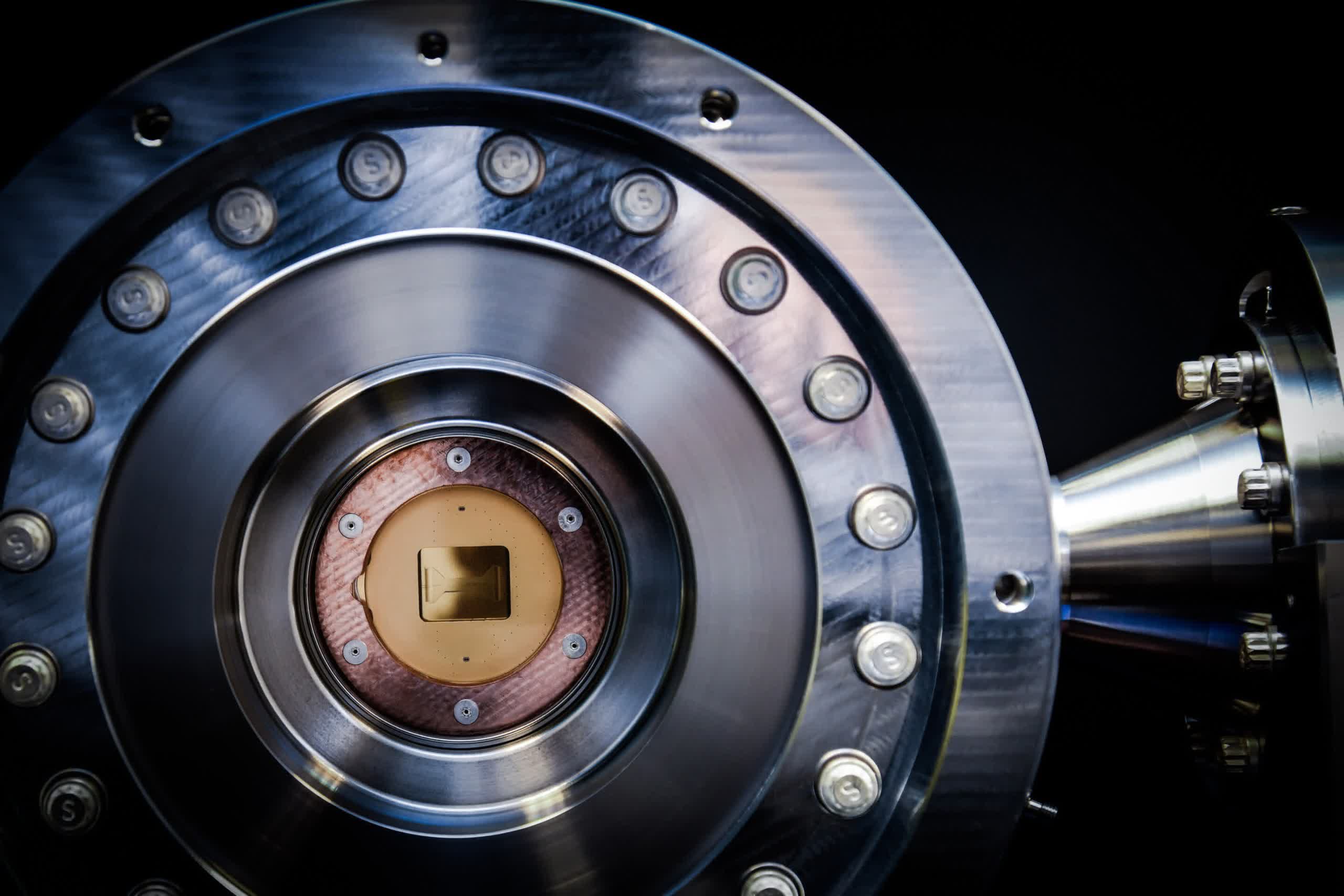Through the looking glass: The world of quantum physics and quantum computing is challenging for most people to wrap their heads around. I have read a fair number of books on the subjects, but the research I'm about to report has my head spinning. Somehow, scientists have created a new phase of matter with two-dimensional time.
Scientists at the Flatiron Institute's Center for Computational Quantum Physics in New York City have created a new, never-before-seen phase of matter. The peculiarity of it is that the atoms have two dimensions of time even though they exist in our singular flow of time. The team published their study in Nature on July 20.
The physicists created this odd phase of matter by firing a laser with a pulse based on the Fibonacci sequence at atoms used inside a quantum computer. They contend that this could be a breakthrough in quantum computing because it can protect stored information from the errors that occur in current methods of quantum storage. Data degradation still happens but at a much slower rate.
The paper's lead author Philipp Dumitrescu said he has been working on the theory behind the science for over five years, but this is the first time it has been "realized" in practical experiments.
"[This dynamical topological phase] is a completely different way of thinking about phases of matter," Dumitrescu told Phys.org.
Must read: Quantum Computing, Explained
The researchers realized their theory by strobing ions of an element in quantum computers called ytterbium. When they hit the ions with a standard repeating pattern (AB, AB, AB...), the resulting qubits stayed quantum for 1.5 seconds, which they noted is an incredible improvement.
However, when they blasted the ions with a Fibonacci pulse (A, AB, ABA, ABAAB, ABAABABA...), the qubits remained in a superstate for an astounding 5.5 seconds. The results are remarkable, considering that the average lifespan of a qubit is about 500 nanoseconds (0.00000005 of a second). This short life is because a qubit leaves its superstate (where it exists simultaneously as both a 1 and a 0) whenever it is observed or measured. Even interactions with other qubits are enough to destroy this quantumness.

"Even if you keep all the atoms under tight control, they can lose their quantumness by talking to their environment, heating up or interacting with things in ways you didn't plan," Dumitrescu said. "In practice, experimental devices have many sources of error that can degrade coherence after just a few laser pulses."
The physics behind it is pretty hard for laypeople to wrap their heads around but is illustrated in the Penrose tiling pattern above. Like typical crystals, this quasicrystal has a stable lattice but with a structure that never repeats. This pattern is a 2D representation of a 5D square lattice.
The researchers wanted to create a similarly symmetrical structure, but rather than constructing it in space, they built it in time. The physicists used the Fibonacci pulsed laser to create a higher dimensional qubit possessing a "time symmetry." When "squashed" into our 4D realm, the resulting qubit has two dimensions of time. This extra dimension somewhat protects the qubit from quantum degradation. However, it is only applied to the outside "edges" of a 10-ytterbium-ion series (the first and the tenth qubit).
"With this quasi-periodic sequence, there's a complicated evolution that cancels out all the errors that live on the edge," said Dumitrescu. "Because of that, the edge stays quantum-mechanically coherent much, much longer than you'd expect."
Although the physicists have demonstrated that the technique creates much more robust qubits, they admit that they still have much work ahead. This new phase of matter can result in long-term quantum information storage, but only if they can somehow integrate it into a quantum computer.
"We have this direct, tantalizing application, but we need to find a way to hook it into the calculations," Dumitrescu said. "That's an open problem we're working on."
Image credit: Quantinuum
